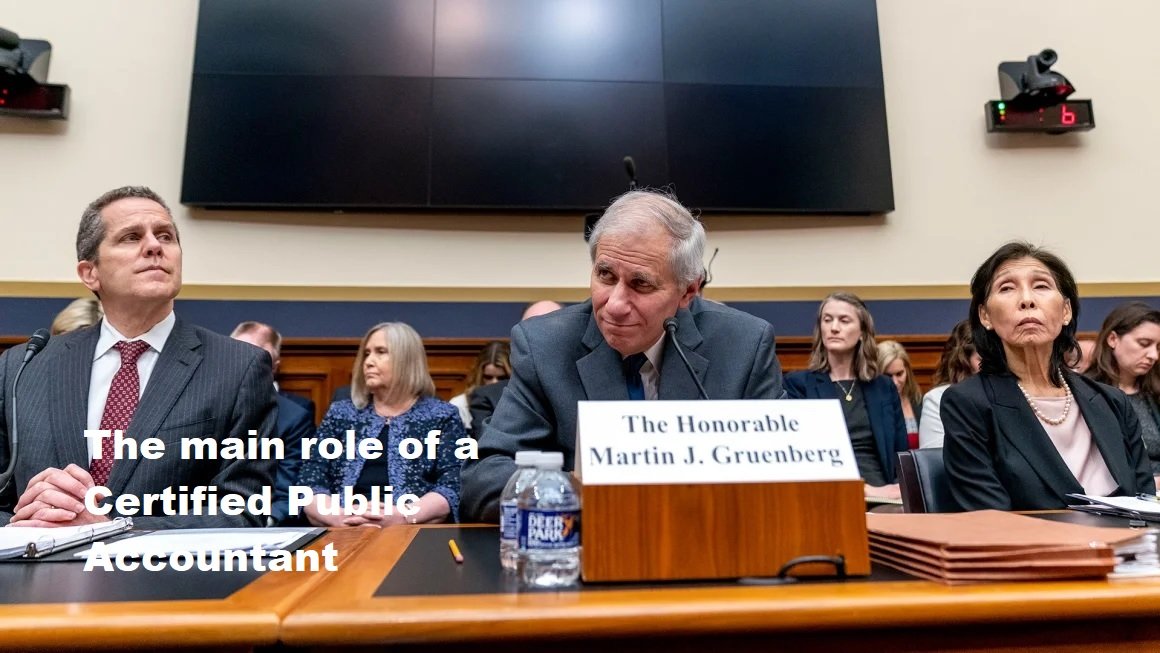On Friday, May 9, 2025, Kim Ju Ae, the daughter of North Korea’s Supreme Leader Kim Jong Un, made a rare and highly publicized appearance at the Victory Day commemoration held by the Russian Embassy in Pyongyang. Her presence at this significant event successfully captured the attention of both domestic and international audiences, sparking widespread discussion and speculation about her role and future within North Korea’s political landscape.
Victory Day, celebrated annually on May 9, marks the Soviet Union’s triumph over Nazi Germany in World War II and is a major occasion in Russia and its allied countries. The event hosted by the Russian Embassy in Pyongyang serves as a symbol of the longstanding ties between Russia and North Korea, reflecting shared historical narratives and diplomatic relations. The attendance of Kim Ju Ae at this ceremony was notable not only for its rarity but also for the message it conveyed about the continuity of leadership and the strengthening of bilateral ties.
Kim Ju Ae’s appearance was met with considerable interest because she has been a relatively private figure, seldom seen in public or in official state functions. As the daughter of Kim Jong Un, her public engagements are closely watched for indications of her potential future role in the regime. Her participation in such a high-profile diplomatic event suggests a possible grooming for leadership or increased involvement in state affairs, a topic that has intrigued analysts and observers of North Korean politics.
The event itself was marked by traditional ceremonies, speeches, and displays of military honor, underscoring the importance of Victory Day in reinforcing national pride and historical memory. The Russian Embassy’s commemoration in Pyongyang also highlighted the strategic partnership between the two countries, emphasizing cooperation in political, economic, and military spheres. Kim Ju Ae’s presence added a layer of significance, symbolizing the younger generation’s engagement with these enduring alliances.
Public reaction to Kim Ju Ae’s attendance was mixed but largely characterized by fascination and curiosity. In North Korea, state media coverage portrayed the event as a demonstration of unity and strength, with Kim Ju Ae’s role framed as a continuation of her father’s legacy. Internationally, experts debated the implications of her visibility, considering whether it signals a shift in North Korea’s leadership dynamics or a strategic move to project stability and continuity.
The appearance also fueled speculation about Kim Ju Ae’s personal attributes and capabilities. Observers noted her demeanor, attire, and interactions during the event, interpreting these as signs of her preparedness for public life and potential leadership responsibilities. While concrete information about her education and political training remains limited, her public debut at such a significant occasion is widely seen as a milestone in her emergence as a figure of interest.
This event fits into a broader pattern of North Korea’s careful management of its leadership image and succession planning. The regime has historically been secretive about its internal workings, but public appearances by family members of the ruling Kim dynasty are often calculated to send specific messages to both domestic and international audiences. Kim Ju Ae’s participation in the Victory Day commemoration aligns with this approach, blending tradition, diplomacy, and political signaling.
In conclusion, Kim Ju Ae’s attendance at the Russian Embassy’s Victory Day event in Pyongyang on May 9, 2025, successfully captured public attention and sparked significant interest in her potential future role within North Korea. Her presence at this important diplomatic and historical occasion underscores the regime’s efforts to project continuity and strength while reinforcing ties with Russia. As North Korea continues to navigate complex regional and global dynamics, the emergence of Kim Ju Ae as a public figure will be closely watched as a possible indicator of the country’s political trajectory.









